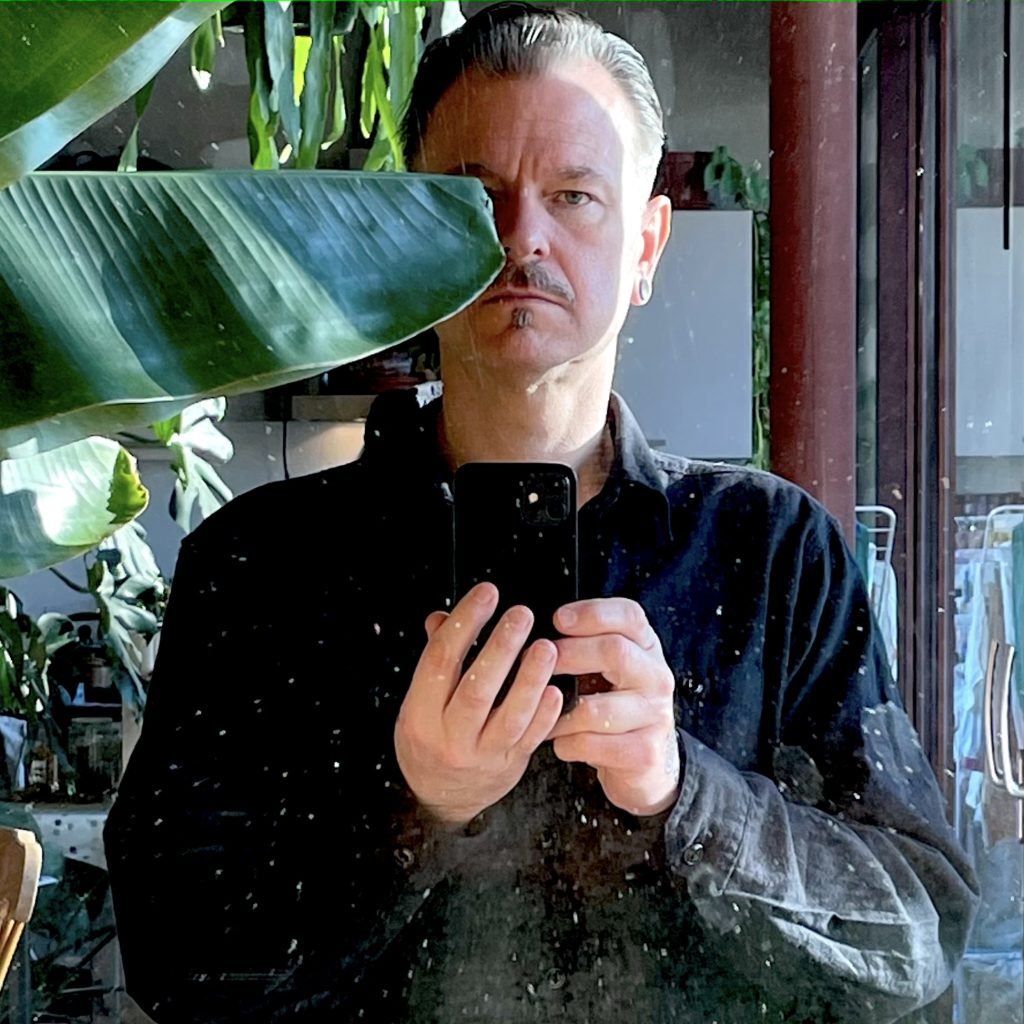Interview 23 DEC 2022

A short interview for Pablo Guerra Pedroso’s thesis research:
In what field of the arts do you express?
I work in the field of live audiovisual performance, with a special interest in the direct relationship of sound and image. My current research uses tools from the fields of media archaeology, interaction design, new materialism, and science and technology studies to explore the creation of experimental electronic instruments for live audiovisual performance.
How would you define your work within art?
A lot of my work could be considered media archaeology, in the sense that I am often looking back through the history of electronic arts for ideas and inspiration. I am very interested in the idea of re-enacting specific historical instruments, with the idea that a re-enactment is not simply an imitation or recreation of the original, but rather an investigation of the circumstances in which that instrument came about.
What relationship do you have with the use and design of technological objects?
Most of the possibilities for creative expression for me come from a deep familiarity with the material processes within the tools for artistic creation. Donna Haraway writes that “It matters what matters we use to think other matters with […] what thoughts think thoughts” [1]. Because of this, I rarely use off-the-shelf technologies as the main elements of my work. I prefer to work through many of the basic technological steps on my own, through both analog electronics and digital programming, so that I am more aware of what matters are affecting my artistic thoughts.
What is, for you, the importance of generating technological objects and new visual-sound languages?
Looking carefully at the conditions which gave rise to early media technologies, one quickly sees that humans generally have the same hopes and fears now as they did 50 years ago, a hundred years ago, or a thousand years ago. It is only specifics about the contexts which have changed. My current works are often simply attempts to work through similar conditions to these earlier conditions, but employing contemporary technologies and addressing contemporary contexts.
What general conclusion have you reached with your investigations – works – performances?
I have come to the conclusion that very little in the arts is deserving of the term “new”. We circle back around the same ideas over and over again, it is only our crude technological attempts to work out those ideas which change. Likewise, “newness” is often a trope better suited to the marketplace than to reaching any kind of localized truth about the world and our relationship with it.
[1] Haraway, Donna. Staying with the Trouble: Making Kin in the Chthuluscene. Duke University Press, 2016.
Tags: interview